Learn about Different Types of Car Brakes - PitStopArabia
It is vital to understand the different components in your car. With this understanding, you can better deal with any issues. For instance, if the car starts to heat up, you will automatically know that the best course of action is to park the car safely and turn it off. The next logical course of action would be to open the hood and top off the coolant.
If that does not fix the overheating issue, then the problem is something else. But what matters is that you knew what to do in such a situation. If you did not know what to do, you might have done irreparable damage. Considering the importance of knowing all there is to know about your car, we have decided to publish another informational article.
In this article, PitStopArabia will elaborate on different brakes used in vehicles and their purposes. We all know the importance of brakes and their functions, right? Therefore, we are not going to talk about that. Instead, we will talk about the importance of periodic brake maintenance. Afterward, the focus will shift to types of car brakes.
Importance of Brake Maintenance
When it comes to ensuring your safety and that of the car, the braking system has a crucial role to play. The quality of the braking system is what helps avoid an accident. Without proper maintenance and quality components, a tragedy is not a distant possibility. When it comes to auto brake maintenance, brake fluid along with brake pads and discs need to be inspected regularly. You might know that PitStopArabia is now also offering car brake services throughout the UAE.
Now, let us shift the focus back to the types of car brakes.
Types of Car Brakes
1. Drum Brakes
A drum brake is connected to the inside of the wheel. The driver upon pressing the brake pedal causes the hydraulic pressure to push the two brake shoes against the brake. Friction is created, as a result of which the car slows down or comes to a complete stop. The term ‘drum brake’ applies to a braking system in which the shoes are pressed against the inner system of the drum.
Heavy trucks, ATVs, and dirt bikes mostly feature this braking system. When it comes to cars, the most notable car to use this braking system is the Toyota Prius. The Prius has drum brakes at the rear wheels. There are numerous advantages offered by drum brakes, including their low prices. In addition to this, they require considerably less maintenance.
2. Emergency Brakes
Another name given to emergency brakes is parking brakes. They are considered a substitute braking system. Even though there are several kinds of emergency brakes, the majority of all parking brakes receive power through wires which automatically exert pressure on the wheels. These brakes usually allow the automobile to be static while parked. But they are also used during emergencies when the normal brakes do not function due to any reason.
3. Disc Brakes
A brake rotor is connected directly to the wheels in Disc brakes. A master cylinder releases hydraulic pressure due to which a caliper, which holds the brake pads just outside the rotor, causes the brake pads to thrust on either side of the rotor. The vehicle brakes due to the friction occurring between the rotor and pads.
Most modern vehicles come equipped with disc brakes. One of the most prominent advantages associated with disc brakes is that they work best in all types of conditions, including wet surfaces. Furthermore, they are more resistant to heat and are more efficient as compared to drum brakes. Lastly, they require less distance to bring a vehicle to a complete halt.
4. Anti-lock Braking System
Most of the latest vehicles nowadays are equipped with this system. It is also referred to as ABS. ABS prevents the tires from skidding in case the brakes are applied suddenly. Moreover, it stops the wheels from locking up, thereby giving the driver more control of the car. ABS comes in quite handy when driving on a wet or slippery road. Cars with such systems are less likely to be involved in fatal accidents.



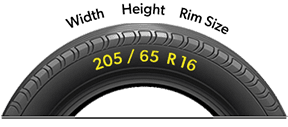








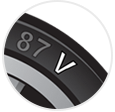
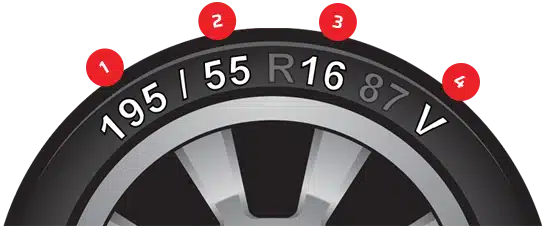
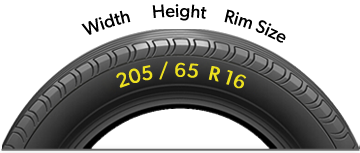








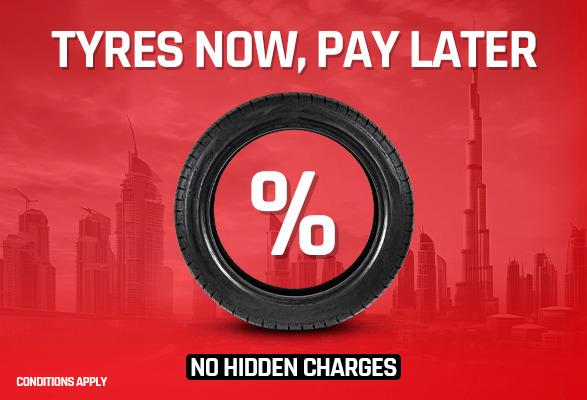


































Wrap Up
This concludes our article today. We are confident that our readers found this informational article worth their time and effort. If you would like to suggest any improvements or share your opinions, you are quite welcome to do so. Thank You.